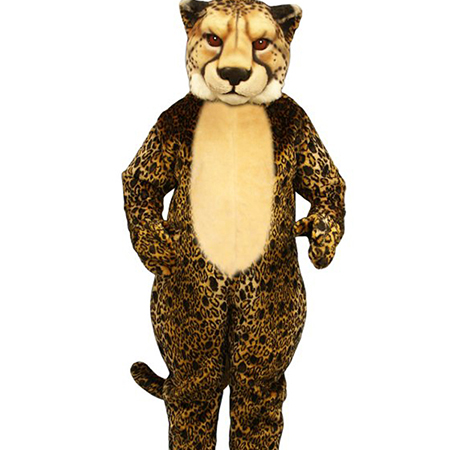In the realm of sports and entertainment, mascot costumes play a crucial role in engaging audiences and creating memorable experiences. However, the traditional methods of manufacturing these vibrant outfits often involve practices that are harmful to the environment. Fortunately, a shift towards eco-friendly mascot costumes is gaining momentum, driven by a growing awareness of sustainability and the urgent need to protect our planet. This article explores the innovative ways in which designers can incorporate sustainable practices into mascot costume creation.
One significant step in developing eco-friendly mascot costumes is choosing the right materials. Conventional fabrics such as polyester and nylon are derived from non-renewable sources and can contribute to environmental pollution. In contrast, organic cotton, bamboo fibers, and recycled polyester offer more sustainable alternatives. These materials not only reduce the carbon footprint but also ensure that the costumes are biodegradable or recyclable at the end of their life cycle.

Moreover, the manufacturing process of mascot costumes can be transformed to align with green practices. Traditional dyeing techniques often involve harsh chemicals that can pollute waterways. Opting for natural dyes or low-impact dyeing processes significantly reduces this environmental hazard. Additionally, employing energy-efficient machinery and reducing water usage during production can further minimize the ecological impact of creating these costumes.
Another aspect of sustainability in mascot costume design involves the longevity of the product. Instead of adhering strictly to seasonal trends, designing timeless and durable costumes ensures they remain in use for extended periods. This approach not only reduces waste but also promotes a culture of reuse. Repairing and repurposing old costumes when necessary can extend their lifespan even further, making them a sustainable choice for organizations.

Eco-friendly mascot costumes also play a vital role in educating fans and participants about environmental stewardship. By visibly committing to sustainable practices, organizations can inspire others to adopt similar values. For instance, incorporating messages or symbols that highlight environmental themes within the mascot’s design can serve as an effective platform for raising awareness. This not only enhances the connection between the audience and the mascot but also underscores the organization’s dedication to sustainability.
Furthermore, collaboration with local artisans and businesses can bolster the sustainability of mascot costume production. Supporting local craftspeople helps reduce the carbon footprint associated with transport and promotes economic sustainability within communities. It also allows for more personalized and unique designs, as local artisans bring their cultural heritage and expertise to the table.

In addition to these measures, the adoption of circular economy principles can greatly enhance the sustainability of mascot costumes. Encouraging the recycling of materials used in old costumes and implementing a take-back scheme where costumes can be responsibly disposed of or upcycled into new products are practical steps in this direction.
Ultimately, the shift towards eco-friendly mascot costumes reflects a broader commitment to environmental responsibility. By prioritizing sustainability in design and production, organizations can set an example for fans and participants alike, demonstrating that it is possible to combine creativity with conscientiousness. As awareness and demand for sustainable products continue to grow, the future of mascot costumes looks brighter and greener than ever before.

